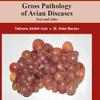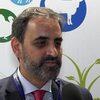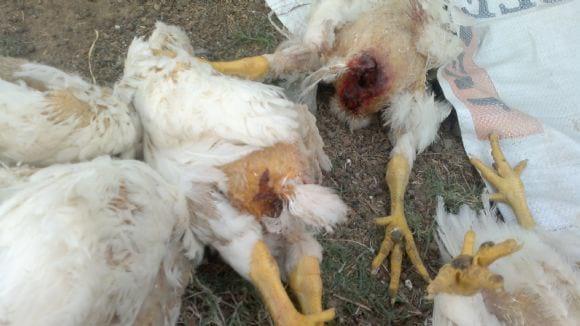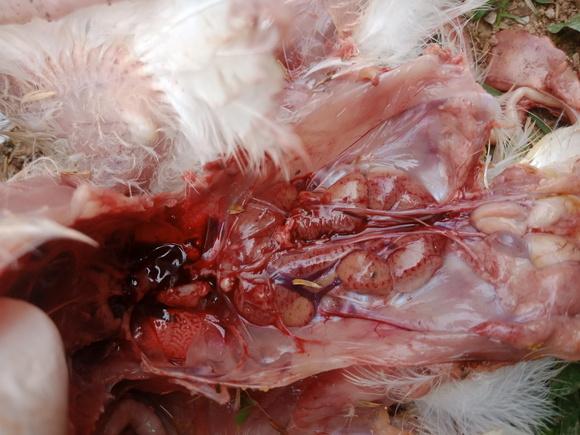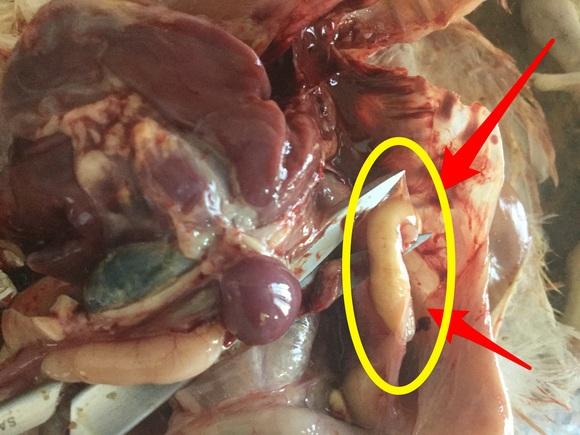Explore all the information on
Poultry diseases
When chickens are healthy they consume less feed and produce more quality eggs. They are less trouble to look after and less money is spent on medical costs. Poultry disease can spread rapidly among chickens because they are usually kept together in the chicken house. The chickens share the same feeders and drinkers, which can spread disease and infections rapidly from sick to healthy chickens. In intensive egg production systems, much focus is placed on the egg laying performance of the flock. Poultry diseases can negatively affect the health and performance of your flock. Important and common poultry diseases include necrotic enteritis, chronic respiratory diseases, gangrenous dermatitis, fowl cholera, and avian influenza.
1. Introduction Antimicrobials have revolutionized modern medicine by enabling effective treatments for many life-threatening diseases and saving countless lives. However, the emergence and spread of antimicrobial resistance (AMR) among pathogens has become a global health issue affecting humans, animals, and environment [1]. Recognizing AMR as a critical challenge, the World Health Organization (WHO) has emphasized the urgent need for concerted efforts to combat this growing threat...
Comments : 0
Recommendations: 1
Introduction Medication costs in the poultry industry (excluding vaccination costs) can account for up to 1% of the total production cost. This amount may not seem significant, however, when we talk about cash flow and investment from a business perspective, we can measure that it represents thousands of dollars, whose profitability often falls on the production unit manager and the person responsible for managing medications. In a layer hen business unit, for every 1 million layer...
Comments : 0
Recommendations: 0
.jpg&w=3840&q=75)

The Digital Evolution of the Poultry Industry: Imagine. Collaborate. Gain.
Suggested link
Jonathan Cade, President of Hy-Line International, discusses his new role as Chairman of the U.S. Poultry & Egg Association, the organization's key initiatives, and the industry's challenges....
Comments : 4
Recommendations: 0
1. Introduction Avian Metapneumovirus (aMPV) is a globally recognized pathogen causing respiratory diseases, leading to substantial economic losses in the poultry industry. Also known as Metapneumovirus avis, it belongs to the family Pneumoviridae and the genus Metapneumovirus [1]. So far, aMPV has been classified into four subtypes: A, B, C, and D [2]. These subtypes have been shown to exhibit varying effects on their avian hosts [3]. The recent disclosure of two new divergent...
Comments : 0
Recommendations: 0
.jpg&w=3840&q=75)

Afla V ONE 5 - 300 ppb Method for Total Aflatoxin Detection in Complete Feeds and Pet Food
Suggested link
The liver is the largest gland of the body and an accessory organ of the poultry digestive system. The liver involves in a wide range of functions including the fat mobilization and metabolism of carbohydrates, proteins, fats, vitamins and...
Comments : 18
Recommendations: 14
The definition of disease in the broad context is any deviation from the normal state of health. Diseases can be divided into two broad categories: Infectious and noninfectious. Infectious diseases include those caused mainly by bacteria, viruses, mycoplasmas, fungi, and parasites. Non-infectious diseases can be further divided into three categories: management-related diseases, toxicities, and nutritional diseases (nutritional deficiencies/imbalance). Toxicities and nutritional diseases are...
Comments : 33
Recommendations: 6
.jpg&w=3840&q=75)

Candidate Genes Associated with Survival Following Highly Pathogenic Avian Influenza Infection in Chickens
Suggested link
I have a laying flock that are down with salmonella galinarum. Is it possible to inject the birds with a live salmonella vaccine? If yes what will be my expectations thanks. ...
Comments : 0
Recommendations: 0
Could anybody suggest me a medicine for prolapse problem in deep litter of bovans breed which are in 23 week and the weigtht is 1.500kg of bovans breed kindly suggest me the lighting program. I am incurring daily mortality of 5 birds per day. Please help me.
Chandra Sekhar ...
Comments : 185
Recommendations: 4
Respiratory problems are considered one of the most important challenges in poultry farming, with a significant economic and productive impact, not just because of their high morbidity and mortality, but also because of the decrease production and higher seized materials in the slaughterhouse they cause. Furthermore, main reasons for the use of antimicrobials in aviculture are related to respiratory and digestive diseases. ...
Comments : 4
Recommendations: 8
Matias Jansen (Kemin Biologics) shares insights on avian influenza and hepatitis threats in this Engormix interview during IPPE 2025 in Atlanta, USA....
Comments : 2
Recommendations: 1
Vent pecking is seen in 30 day old broiler birds in the farm refer as Cannibalism. Cannibalistic behavior performed by poultry is the pecking, tearing and consuming of skin, tissues, the case i met with birds have started pecking cloaca l region in some case intestine it is to harsh that intestinal loop drop outside through wound. However, this problem has been a consistent problem in layers but can also be encountered in broilers as i do. The I.B.D has been...
Comments : 0
Recommendations: 1
Annie Kneedler (Chief of Party – USAID TRANSFORM at Cargill) comments on the TRANSFORM project activities and how to improve animal health through global collaboration, in this Engormix interview....
Comments : 1
Recommendations: 2
Hello,as seen in the picture, what causes the yellow exudate on the inside of the thighs? ...
Comments : 0
Recommendations: 0
Dear all, I wish you well I have confusion about this postmortem Please share your experience with us for further information I would appreciate it. ...
Comments : 8
Recommendations: 1
Dr Pooja Bhardwaj, General Manager at Lavizen Health Care, speaks about the critical role of liver health in poultry nutrition. Even with proper digestion, a compromised liver due to toxins or viral infections can significantly hinder the efficient metabolism of nutrients. This complex topic warrants further in-depth exploration in future discussions....
Comments : 0
Recommendations: 3
The poultry industry consistently invests in research to enhance its understanding and expertise in avian care, while exploring methods and techniques to boost its overall success. These advancements and related subjects will be highlighted at the International Poultry Scientific Forum (IPSF), held in conjunction with the 2025 International Production & Processing Expo (IPPE) in Atlanta.
Sponsored by the Southern Poultry...
Comments : 0
Recommendations: 0
The U.S. Poultry & Egg Harold E. Ford Foundation (USPOULTRY Foundation) in partnership with the Poultry Science Association Foundation (PSA Foundation) are pleased to announce the Ph.D. and Vet Student Career Fair which will be held during the International Production & Processing Expo (IPPE), scheduled for Jan. 28 – 30, 2025, at the Georgia World Congress Center in Atlanta, Ga. The Career Fair will be held on Tuesday, Jan. 28, from 8 – 11:30 a.m. in Room B-402 in unison...
Comments : 0
Recommendations: 0
25 days broiler with nephritis and urate deposition, pale liver, litter material and stones/cement inside gizzard, mild enteritis, stunted growth, depressed with 5-20 birds/day...
Comments : 24
Recommendations: 0
.jpg&w=3840&q=75)

The Digital Evolution of the Poultry Industry: Imagine. Collaborate. Gain.
Suggested link
Ascites (or water belly) is a condition of fast growing broiler chickens in which the excess amount of ascitic fluid accumulated in the abdominal cavity. It has become major concern to the poultry industry around the world. This condition is extremely common in high altitude & more particularly during winter / cooler season.
Ascites is associated with inadequate supply of oxygen, poor ventilation and respiratory disease ...
Comments : 138
Recommendations: 4
Broiler chicken 25 days old, the oviduct is inflamed and filled with caseous exude. ...
Comments : 7
Recommendations: 1






